Everything to Know About October's Hunter's Moon, the First Full Moon of Fall
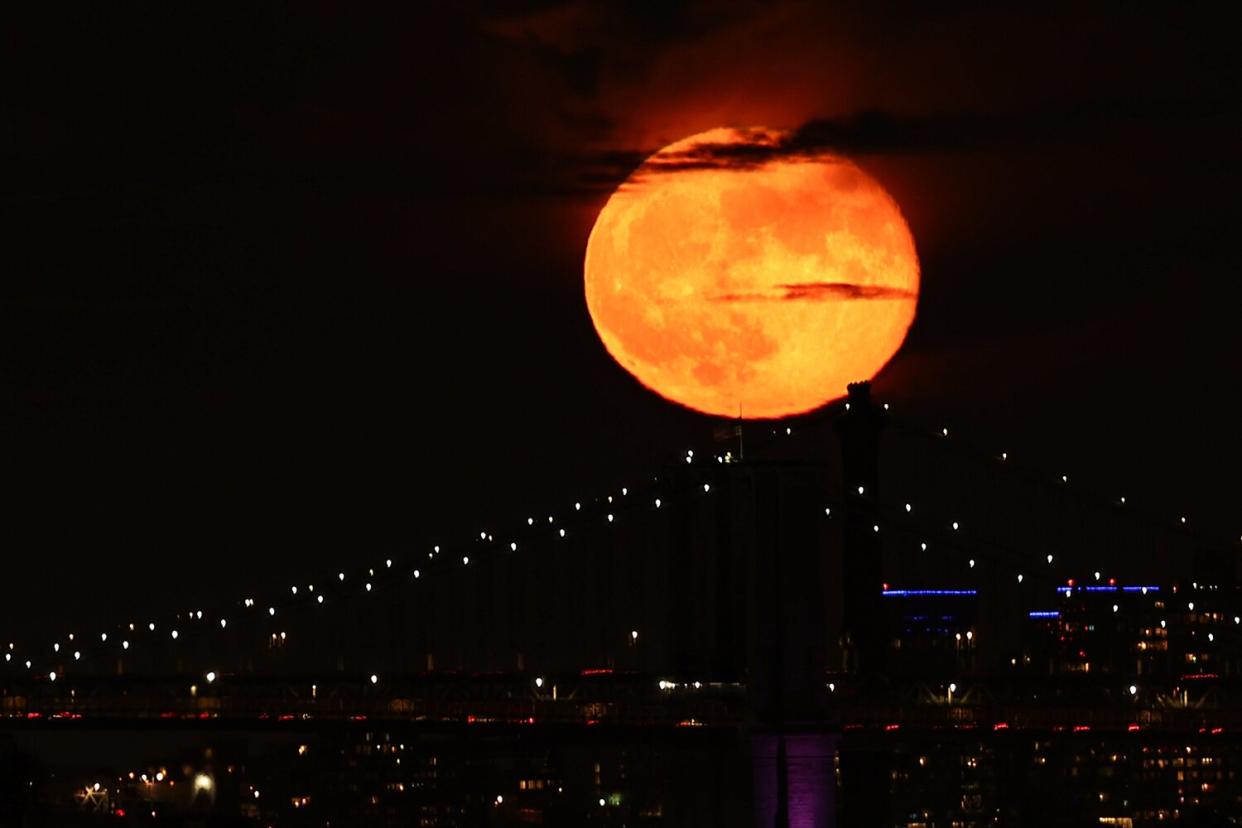
Tayfun Coskun/Anadolu Agency via Getty
It's only fitting that this month's full moon will look like a giant pumpkin in the sky!
October's full moon, called the Hunter's Moon, will take on an illuminated, orange hue in contrast with the night. The best part? It will appear whole for two consecutive nights, offering double the chances to admire its jack-o'lantern-like glow.
While this time of year is synonymous with spooky season, it's also regarded as the beginning of the fall season since the autumnal equinox arrived on Sept. 22 — therefore, the Hunter's Moon marks the first full moon of fall!
This month's moon comes after September's Harvest Moon. Typically, there's a corresponding full moon with each month but the Harvest Moon is a seasonal moon due to its inconsistent arrival in either September or October.
Its name is designated to the full moon that arrives closest to the autumnal equinox. If the Harvest Moon happens to rise in October, then the November full moon would be deemed the Hunter's Moon, per EarthSky.org. (The next time that's expected to occur is in 2025).
Here are all the details on this month's full moon, including when to spot it, why it's called the Hunter's Moon, and everything in between.
RELATED: Everything to Know About the Draconid Meteor Shower, Including When It Peaks and How to Watch
Why is October's full moon called the Hunter's Moon?
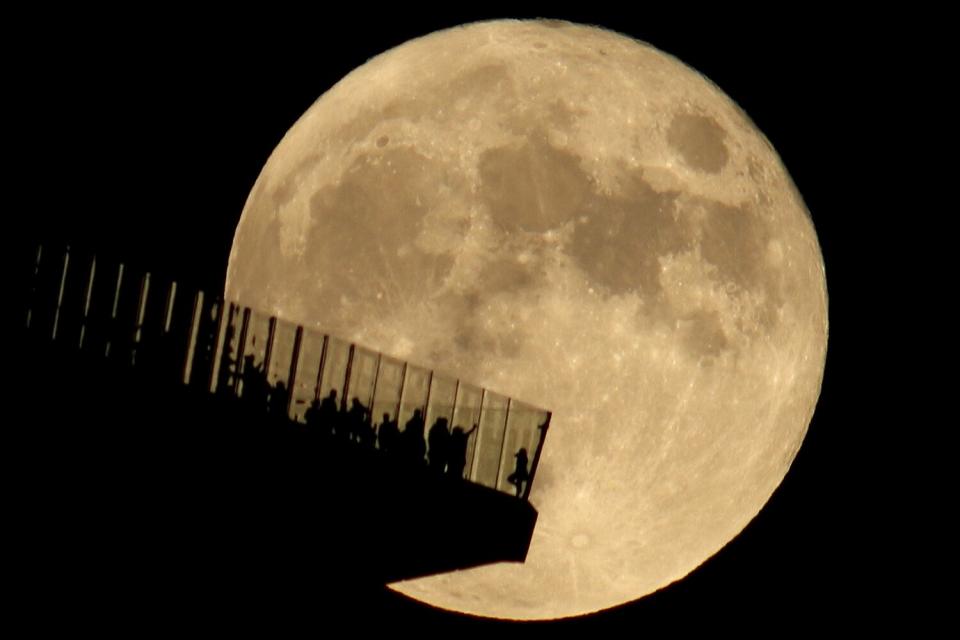
Gary Hershorn/Getty
Historically, many of the nicknames we use for full Moons come "from Native American, Colonial American, or other traditional North American sources passed down through generations," according to The Old Farmer's Almanac.
While most full moons have a corresponding month, the Harvest Moon and the Hunter's Moon do not. Due to their association with the autumnal equinox, they are seasonal moons.
Despite the Hunter's Moon arriving in either October or November, the meaning behind its title remains the same. It is believed that its name signifies the time to go hunting in preparation for the cold season ahead.
Like other full moons, October's moon has alternative names as well. They include Drying Rice Moon, Falling Leaves Moon, Freezing Moon, Ice Moon, and Migrating Moon.
RELATED: Everything to Know About the Full Moons in 2022
Why does the Hunter's Moon appear so bright?
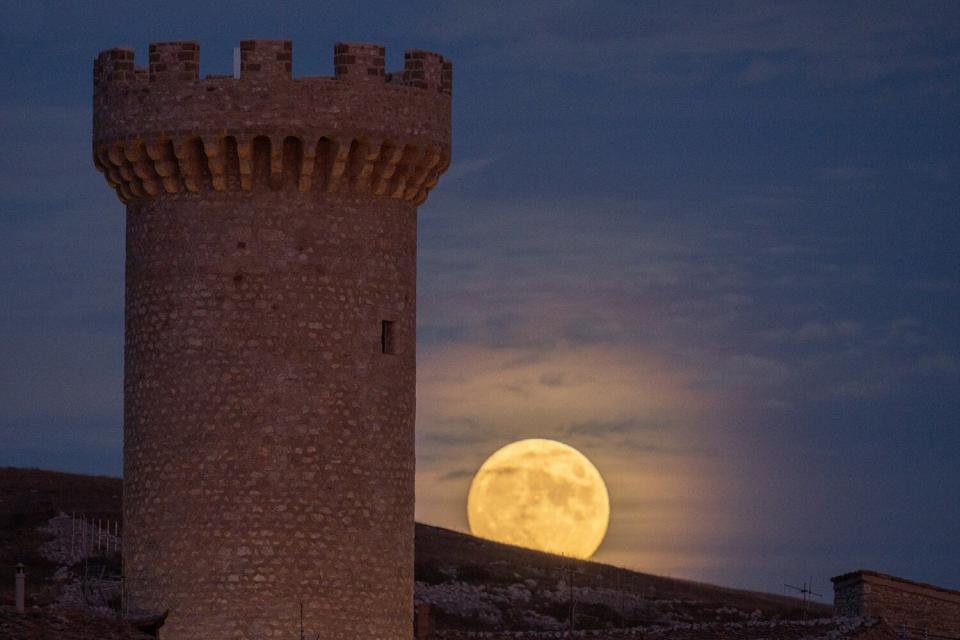
Lorenzo Di Cola/NurPhoto via Getty
Don't be fooled! Contrary to your eyesight, the Hunter's Moon isn't actually brighter than other full moons, despite its brilliant, illuminating appearance. This is due to an effect called the "Moon Illusion."
When skywatchers catch the moon upon its rise above the horizon, it will always appear bigger and brighter. There's no other scientific explanation in regard to the atmosphere. (This explains why the Draconid meteor shower, taking place the same night, will be harder to view).
"When the Moon is high overhead, it is dwarfed by the vast hemisphere of the heavens and appears to our eyes as a small disk in the sky," per The Farmer's Almanac.
"By contrast, when the Moon is low, it is viewed in relation to earthly objects, such as chimneys or trees, whose size and shape provide scale," the publication added. "Your brain compares the size of the Moon to the trees, buildings, or other reference points, and suddenly, the Moon looks massive!"
When to view October's Hunter's Moon?
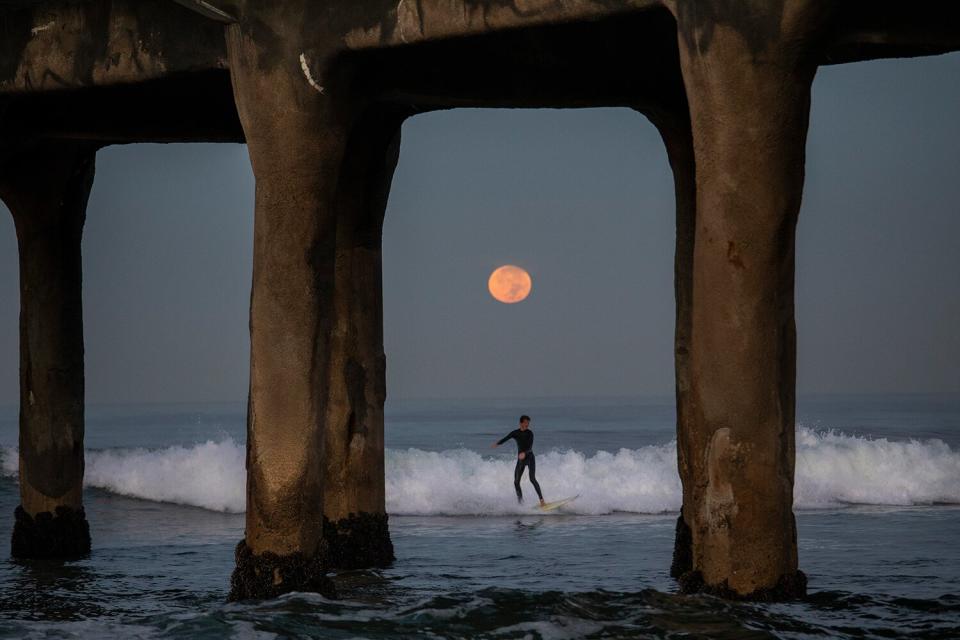
Jay L. Clendenin / Los Angeles Times via Getty
Unfortunately, the Hunter's Moon will reach peak illumination when it's below the horizon at 4:54 p.m. ET on Sunday, Oct. 9. — so the moon will be impossible to view at that time. Fortunately, that's not the only chance you'll have to spot it.
In fact, lunar lovers will have two opportunities to take in the beauty of the Hunter's Moon. Similar to September's Harvest Moon, the Hunter's Moon will appear full for several nights in a row — so keep your eyes peeled the night before and after, too!
The best times to watch? Sunset. The best place to watch? Anywhere you can locate the horizon.
RELATED: Breathtaking Photos of July's Buck Moon Captured From Around the World
When's the next full moon in 2022?
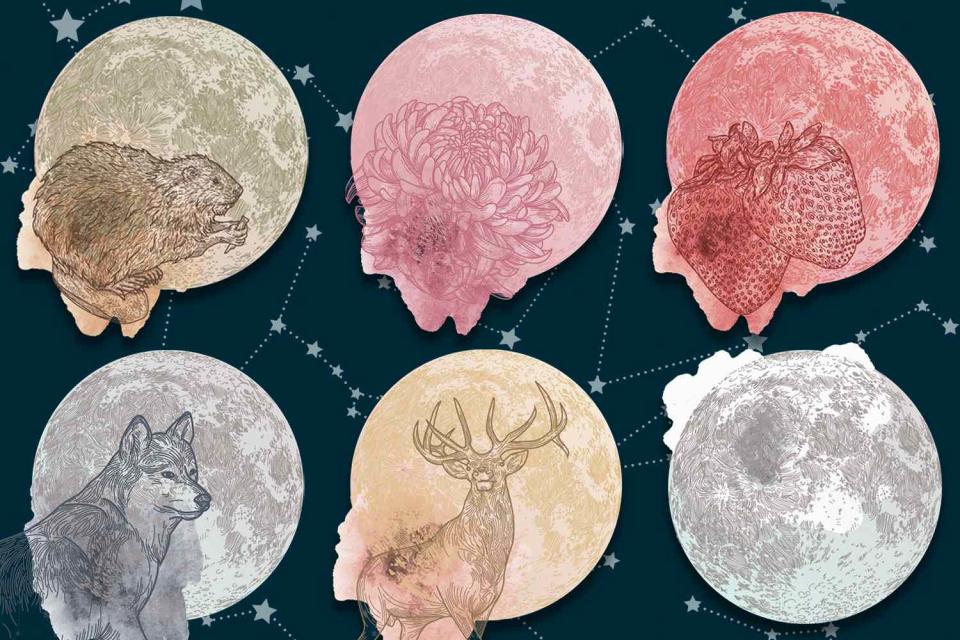
Getty
The next full moon will be November's Beaver Moon. It will rise on Nov. 8, 2022.

